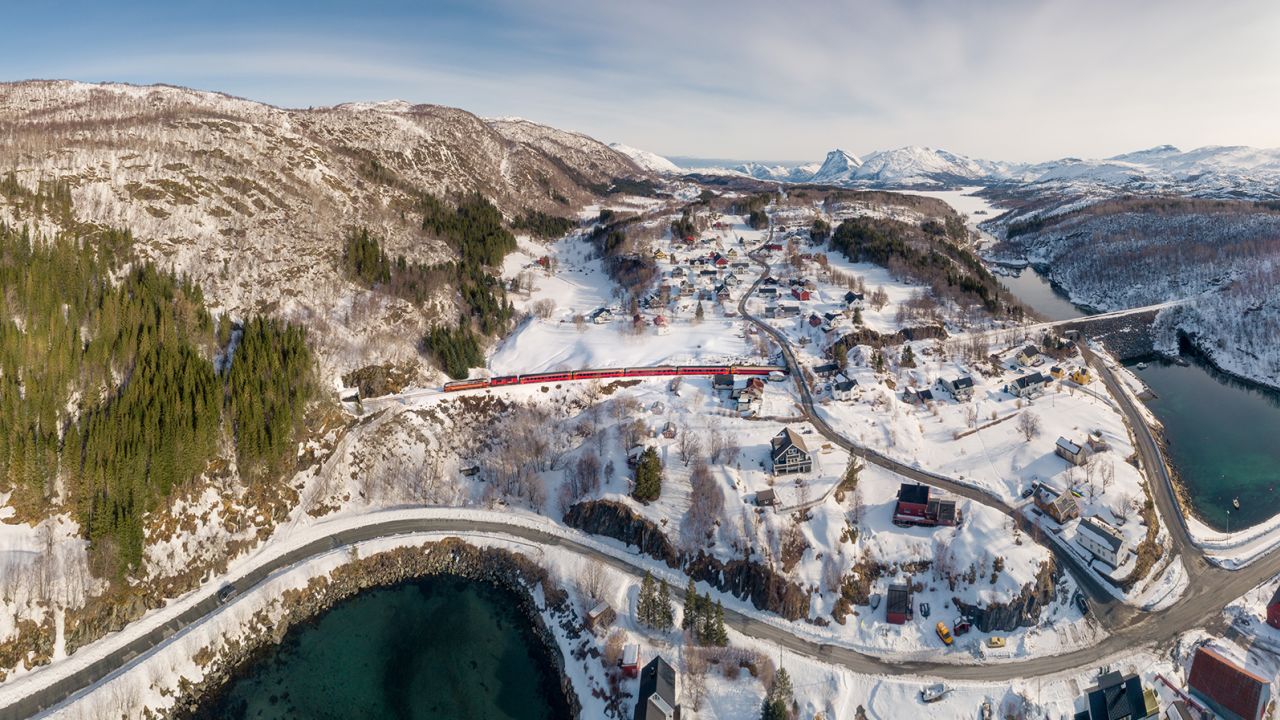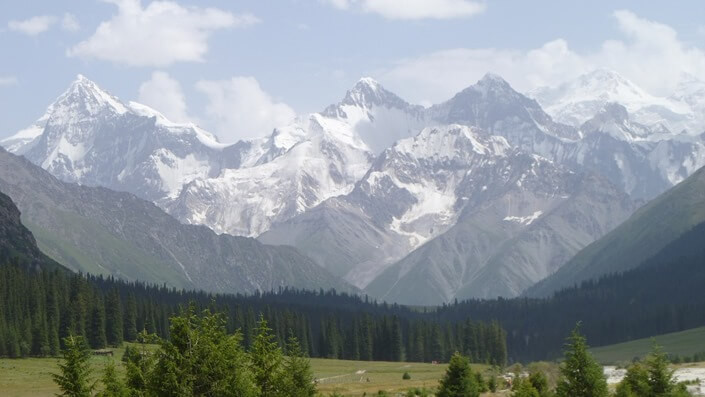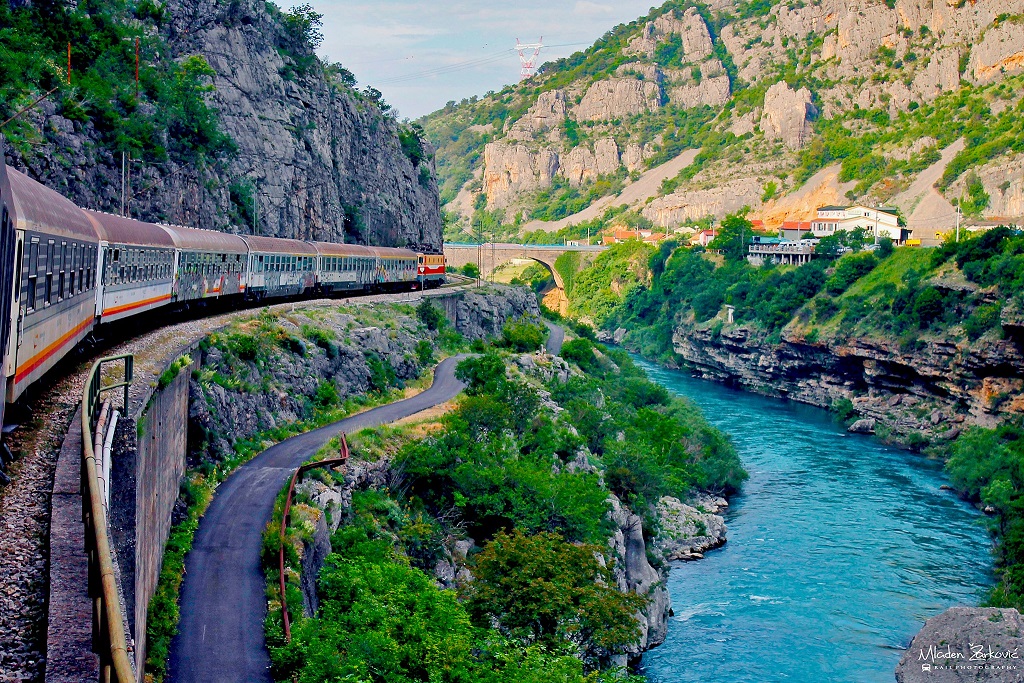Railway from Belgrade to Bar is among the ten most picturesque in Europe
According to CNN, the railway connecting Belgrade and Bar offers "one of the most spectacular railway journeys on the continent".
"The railway is a miracle of 20th-century construction, with 254 tunnels and 435 bridges, including the one on Mala Rijeka, which until 2001 was the highest railway bridge on the planet", he points out.
It is added that visitors "mostly ignore Serbia and Montenegro".
"The Belgrade - Bar train is increasingly popular among tourists who use Interrail or Eurail tickets. But, even if you don't have such passes, the eleven-hour journey will cost you only 21 euros one way," the text reads.
The most beautiful part of the railway, they say, is in Montenegro.
In addition to the Belgrade-Bar railway, the list includes: Trondheim - Bode (Norway), Inverness - Kyle of Lochalsh (Scotland), Zurich - Innsbruck (Switzerland, Austria), Dublin - Wexford (Ireland), Lucerne - Domosola (Switzerland, Italy). , Bastia - Ajaccio (France), Vienna - Trieste (Austria, Slovenia, Italy), "Heart of Wales" railway (Great Britain), Clermont-Ferrand - Nimes (France).

Europe's most underrated scenic railways | CNN
The Belgrade-Bar railway line is an interstate railway line built during the SFR Yugoslavia, with a length of 476 km. It connected the capital of the country with the seaport. The construction of the railway lasted for 25 years, from 1951 to 1976.
The length of the railway is 454.8 km, of which 287.4 km is on the territory of Serbia, and 167.1 km on the territory of Montenegro. The minimum curve radius is 300 m, the designed speed is 80-120 km/h, and the axle load is 22.5 tons. The maximum gradient on the railway is 25 per thousand (on the Podgorica-Kolašin section). The highest point on the railway is Kolašin (1,030 meters above sea level), and the lowest is Bar (12 meters above sea level).
There are 254 tunnels on the railway with a total length of 144.4 km, which means that 24 percent of the railway is in tunnels. The longest tunnels are "Sozina", 6.2 kilometers and "Zlatibor" 6.1 kilometers.
The first train to Bar from Belgrade left on May 30, 1976, and thus regular traffic was established. Two days earlier, on May 28, the "Blue Train" passed through the railroad, in which the first passenger was Marshal Josip Broz Tito with his wife, Jovanka, and the state leadership of all republics and federations .
Sources: Barinfo/ YU Nostalgija
Cover: Mladen Žarković

Railways information - Blog

Montenegro mountains – meet the tall wildlands of our country - Blog

The Guardian, The Times, Daily Mail and Sunday Times recommend Montenegro as the perfect destination - Blog
When you subscribe to the blog, we will send you an e-mail when there are new updates on the site so you wouldn't miss them.
About us
We are Montenegro guide service. We will try to be excellent hosts and guides in answering everything you are interested in while you are on vacation in Montenegro.
Info & Contact
Dast Web Solutions SIA
Āraišu iela 27-6,
Riga LV-1039
info@dastweb.me
Guides
Local informatios
News and Events
Transport informations
Places and stories
Restaurants and bars
Services
Accommodation
Air Tickets
Rent a car
Rent a Yacht
Excursions





Comments